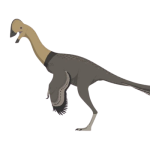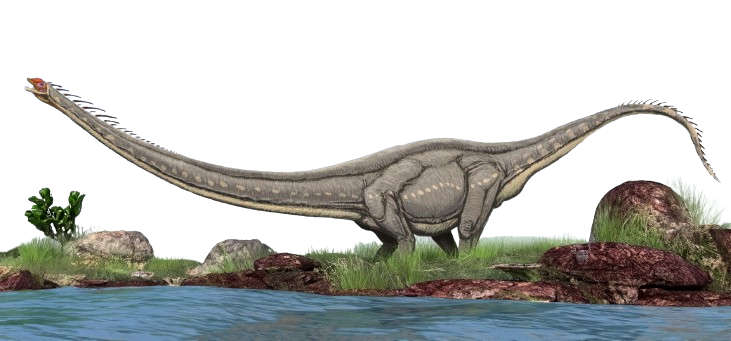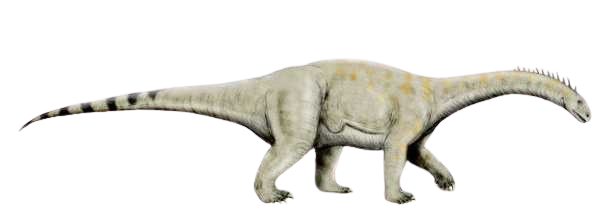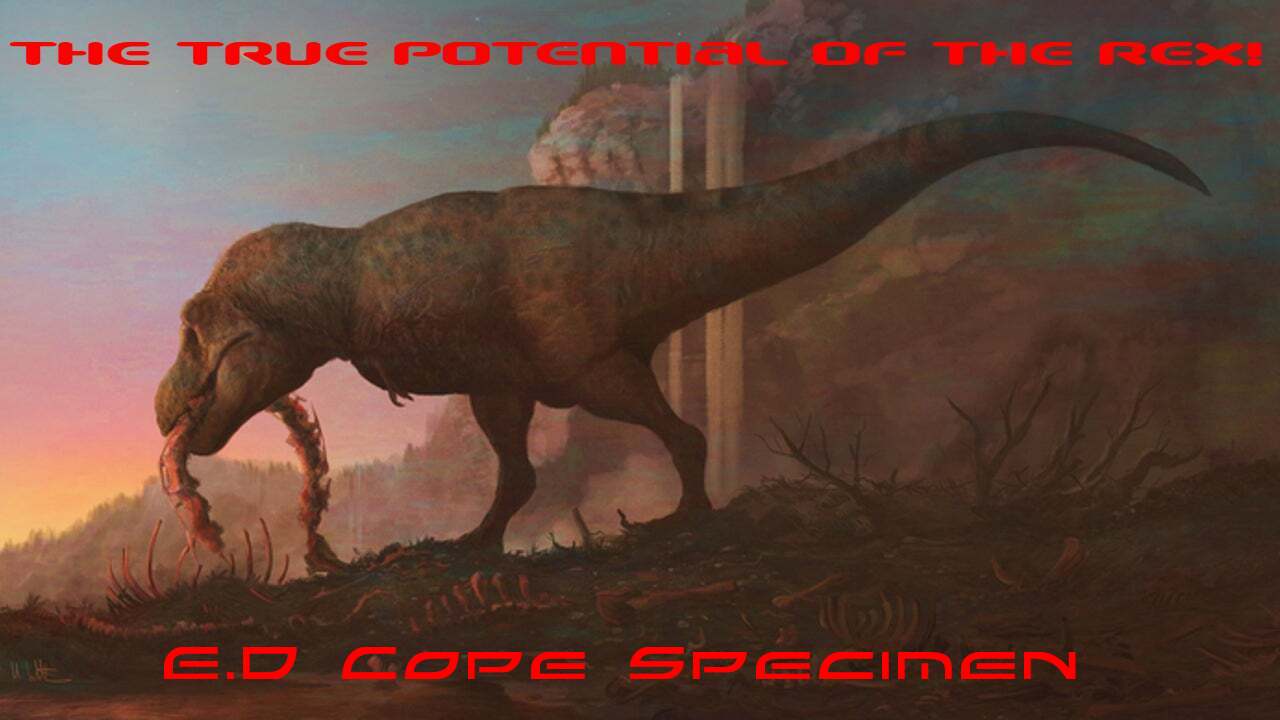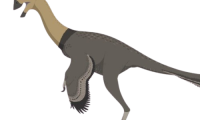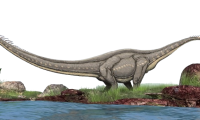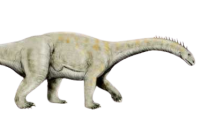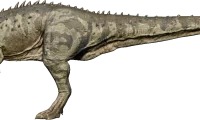In the ever-expanding narrative of Earth’s prehistoric inhabitants, a recent addition has captured the attention of paleontologists – meet Ajnabia, a member of the diverse group of plant-eating dinosaurs known as duckbills. These creatures, scientifically classified under the Hadrosauridae family, exhibited remarkable diversity and could reach lengths of up to 15 meters.
Ajnabia, in particular, stands out not for its immense size but for its relatively diminutive stature compared to its more famous cousin, the Corythosaurus, measuring a mere 3 meters in length. It is intriguing how nature adheres to its own set of rules, allowing for such variations in size among related species. Interestingly, the name ‘Ajnabi’ in Hindi translates to strangers or unknown entities, a fitting moniker for a dinosaur that is relatively unfamiliar in the broader paleontological discourse.
Belonging to the Cretaceous period, Ajnabia shared its temporal and geographical niche with the formidable Spinosaurus. Both roamed the Earth during a time of significant ecological dynamics. However, their paths diverged taxonomically, with Spinosaurus falling under the genus S. moroccanus, while Ajnabia is classified as A. odysseus.
Despite its modest size, Ajnabia boasted a distinctive feature – a crest on its head. In the realm of dinosaurs, size isn’t the sole determinant of uniqueness, and Ajnabia’s cranial adornment adds a layer of intrigue to its paleontological profile.
The geographical distribution of duckbills, including Ajnabia, is noteworthy. Originating in North America, these herbivores eventually dispersed across South America, Asia, and Europe, showcasing the dynamic evolutionary processes that shaped the Earth’s biodiversity.
Examining Ajnabia’s cranial morphology reveals interesting insights into its cognitive capabilities. The fossil evidence suggests a relatively small brain space, indicating a proportionally diminutive brain. This observation leads scientists to infer that Ajnabia might not have been the brightest bulb among dinosaurs. However, in the grand tapestry of evolution, each species played a unique role, contributing to the intricate balance of ecosystems.
Dietarily, Ajnabia adhered to a herbivorous lifestyle, consuming leaves and stems from various plant species. This dietary preference aligns with the broader feeding habits of duckbills, which utilized their distinctive dental batteries to efficiently process plant material.
In the relentless quest to understand Earth’s ancient inhabitants, each new discovery, including that of Ajnabia, adds a layer to the narrative of our planet’s rich paleontological history. As researchers delve deeper into the fossil record, they continue to unveil the secrets of these ancient beings, offering glimpses into the ecosystems that existed millions of years ago.






